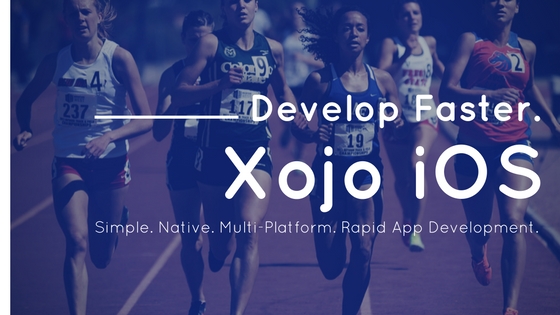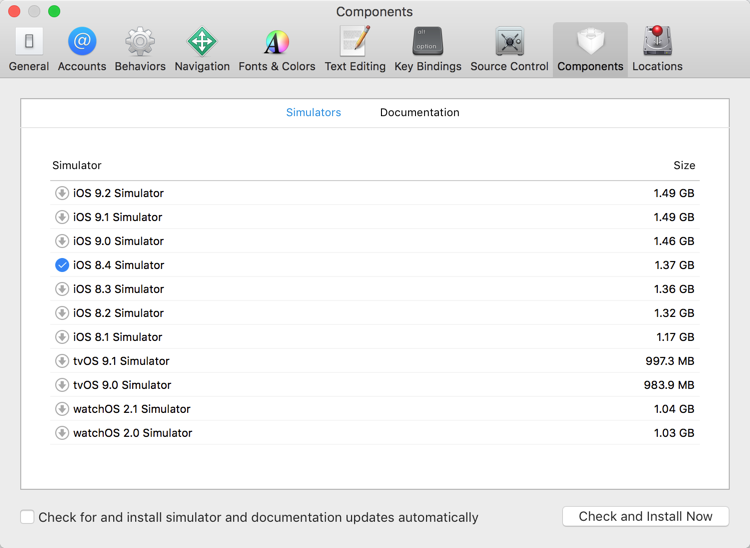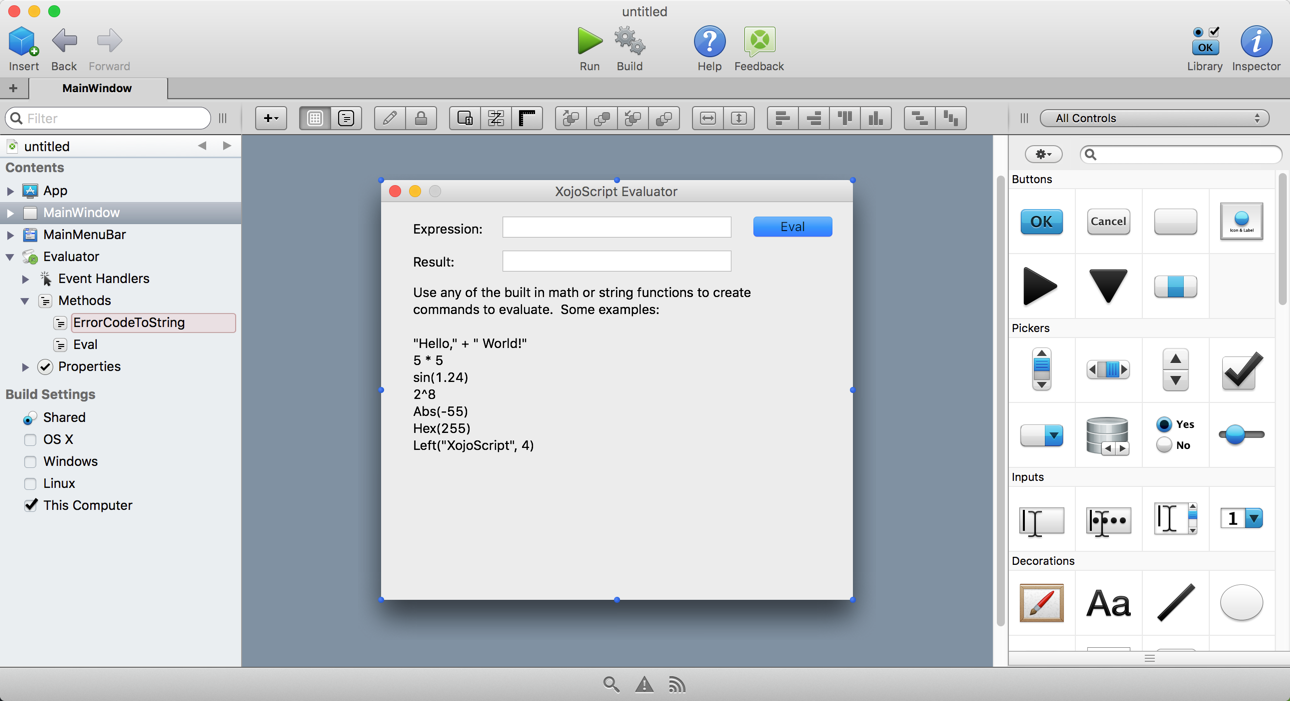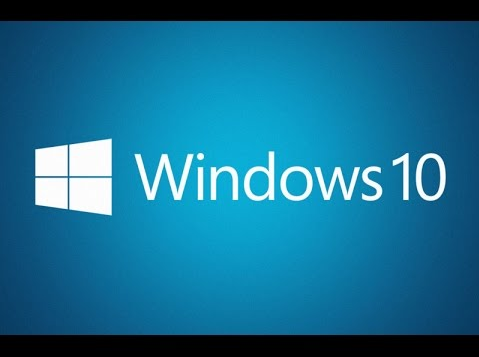Xojo is a great way to start making iOS apps. Whether you an app developer or you are just learning and want to make your own iOS apps, here are some reasons why you ought to look at Xojo.
Comments closedAuthor: Paul Lefebvre
Join Paul as he talks with Susan Fennema of Beyond the Chaos. Susan helps small business owners control their lives through better process, organization, and…
Comments closedMy kids both recently finished their summer band camps. My son plays the trombone and my daughter plays the saxophone and trumpet. As one of the instructors at band camp said, even if you don’t take up a career in music, learning and playing music exercises important parts of your brain that are useful for learning other things. In fact, some have wondered if learning music helps with math skills.
I think the same thing can be said about coding. In fact, there is research that found students with computer programming skills scored higher on cognitive ability tests than students without any programming skills. Coding teaches you skills that are valuable even if you don’t plan on being a professional software developer. Being able to code means utilizing incredible attention to detail and thinking about problems abstractly, useful skills for anyone – student or professional.
Remember, Summertime isn’t just an opportunity for the kids to learn new things. You’ve still got a month of Summer left, plenty of time to expand your own skill set. While the kids are at band camp or swim camp send yourself to programming camp from the comfort of your air-conditioned home.
1 CommentWhen you run your iOS projects from Xojo, they launch in the iOS Simulator. You can change which simulator starts by going to the Shared…
Comments closedOn the Xojo forum a user asked if there was a way to execute a formula in Xojo. As pointed out in the conversation, Xojo includes an Evaluator example that does exactly that. It uses XojoScript and I thought it might be interesting to show how it works.
3 CommentsLast year with iOS 9, Apple announced a new security requirement for your iOS and OS X apps: App Transport Security. From Apple’s docs: Starting in…
1 CommentPaul talks with Carol Keeney of BKeeney Software about databases, requirements analysis, agile/scrum and much more.
1 CommentIf you are using Windows 7, Windows 8 or Windows 8.1 you only have a few more days to get your free upgrade to Windows 10.…
Comments closedIn iOS, a view can contain two separate toolbar areas: a Navigation Bar, which displays at the top of the view, or a toolbar which…
Comments closedIn addition to the iOS Table Features I blogged about earlier, Xojo 2016r2 includes these additional powerful iOS features:
- Location
- Motion
- PicturePicker
- ScrollableArea
- SharingPanel





